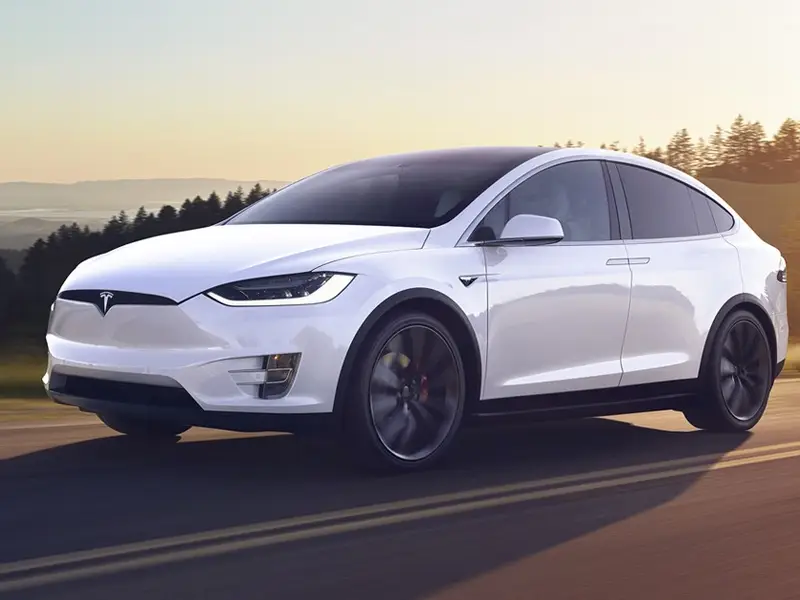
Tech by Android – The future of transportation is unfolding in Texas as Tesla officially launches its self-driving taxi service. After years of development and testing, the company has begun rolling out autonomous vehicles in several major cities. Residents can now book rides through Tesla’s app and experience driverless travel firsthand. Because this service marks a significant milestone in automotive innovation, many are eager to see how it reshapes urban mobility.
“Read More: Radiation Safety and the Modern Virtual Work Culture”
Tesla’s self-driving taxis operate entirely through its advanced Full Self-Driving (FSD) software. Passengers simply open the Tesla app, request a ride, and wait for the nearest available vehicle to arrive. The cars navigate to the pickup location, recognize traffic conditions, and adjust their routes accordingly—all without human intervention. Riders can monitor the route on an in-car screen and even adjust settings like temperature or music. Since the system constantly updates via Tesla’s cloud network, it learns and improves with each trip.
Although the cars operate autonomously, Tesla has implemented several safety measures to reassure passengers. Each vehicle is equipped with multiple redundant systems, including cameras, radar, and ultrasonic sensors, to detect obstacles and react instantly. In addition, the taxis include an emergency stop button that passengers can press if they feel unsafe. Remote operators monitor the fleet in real time, ready to intervene if a situation arises that the AI cannot handle on its own. Because safety remains a top priority, Tesla continues to refine the technology as it scales up.
“Read About: Latest Apps Supporting Music Festivals and EMF Innovations”
The introduction of self-driving taxis offers several benefits for cities and their residents. Traffic congestion could decrease because autonomous vehicles optimize routes and maintain smooth flow. Parking demand might drop as fewer private cars occupy city streets. Moreover, people who cannot drive—such as the elderly or disabled—gain greater independence and mobility. Tesla also claims that its electric vehicles help reduce emissions, contributing to cleaner air in urban environments. As a result, many city planners view autonomous taxis as a step toward smarter, more sustainable transportation.
The launch of Tesla’s driverless taxis has sparked a mix of excitement and skepticism. Many riders have shared positive experiences, praising the convenience and futuristic feel of the service. However, some remain concerned about potential malfunctions or ethical dilemmas posed by AI decision-making in critical situations. Labor groups have also raised questions about how autonomous vehicles might impact jobs for traditional taxi and rideshare drivers. Addressing these concerns will be crucial for long-term acceptance of the technology.
Following the initial rollout in Texas, Tesla plans to expand its self-driving taxi network to other states. Additional features, such as carpooling options and premium vehicle choices, are already under development. Because demand for the service has exceeded expectations, Tesla is working to increase the number of vehicles available and improve charging infrastructure to support the growing fleet. If successful, this initiative could set the standard for autonomous transportation nationwide.